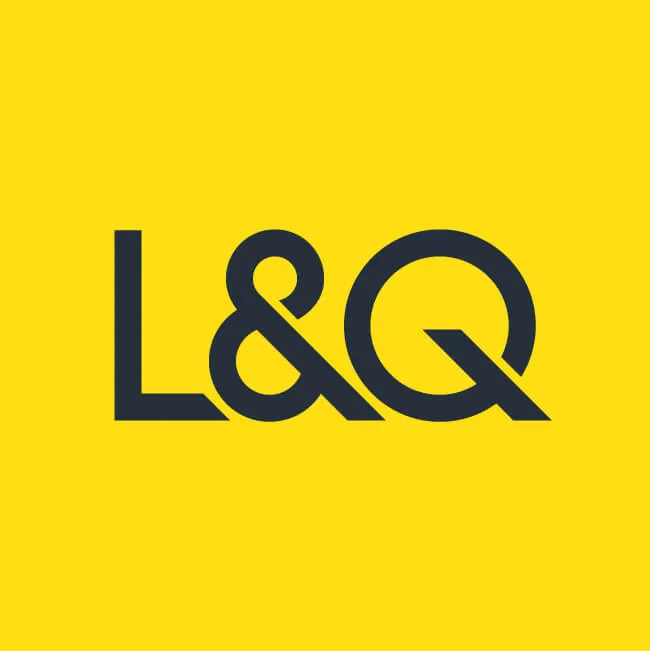Shared Ownership Considerations
Buying a home through Shared Ownership might not be the right option for everyone – there are a few pointers to keep in mind when determining whether the scheme is for you.
Tenancy
As residents will initially part-own their home, they will still be paying a subsidised rent to L&Q, the landlord. The terms of the lease will be set out in the initial contract, and it is important for buyers to make sure that they can make both the mortgage payment and rent payment each month.
Staircasing Prices
The ‘staircasing’ method is also something to be aware of when purchasing through Shared Ownership. While staircasing is an advantage when it comes to owning more shares, it’s important to understand that the price of the next share a buyer chooses to own, will be based on an independent valuation at the time of staircasing. There are other factors surrounding staircasing that each buyer will have details on in their contract. Usually, homeowners can staircase up to three times, and each time they will have to pay a fee to carry out the process. For some first-time buyers, buying more shares in their home might bring them over the threshold for stamp duty, so Stamp Duty fees may also have to be paid.
Selling a Shared Ownership Property
If in the future a resident decides to sell their Shared Ownership home, they will have to sell the percentage share that they own (for example, 40%), rather than the full property. Initially, the seller will first have to offer their home back to the housing association, which is known as ‘first refusal’. If the housing association is unable to find another applicant to purchase this share of the property within the given time frame, the seller is then able to market the share themselves. This will then come with typical selling fees.
Subletting
If you own 100% of your home, there shouldn’t be an issue with you subletting. We will, however, just check the terms of your lease to make sure there are no hidden restrictions. You can find out more about subletting here.

